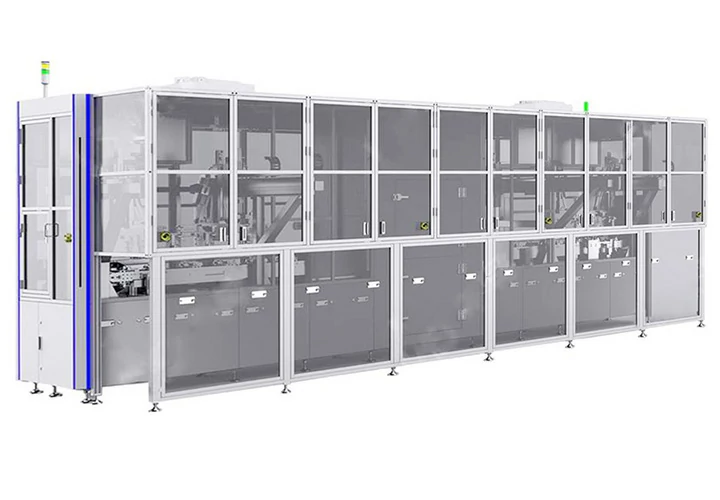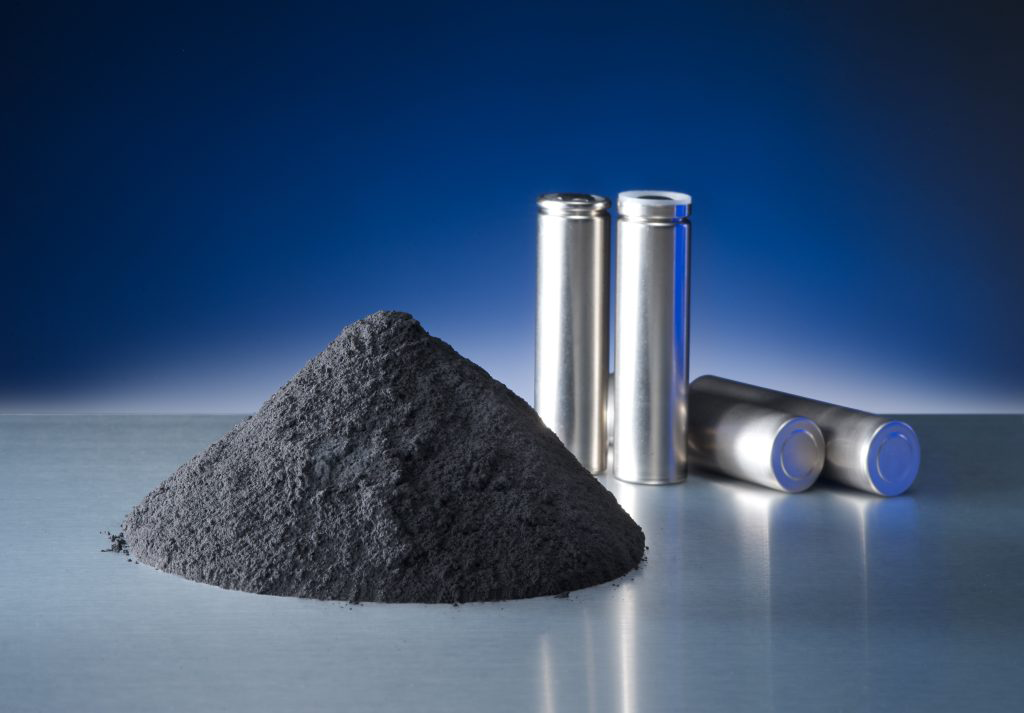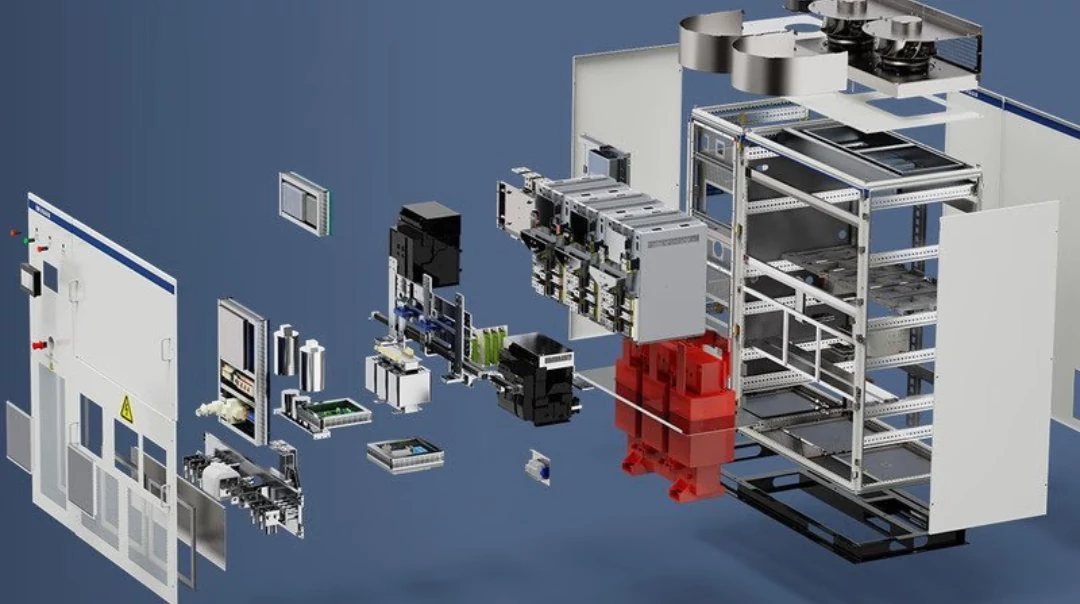Polar ear ultrasonic welding The positive and negative dispersed lugs...
The peripheral circuit in the control module
In modern electronic systems and control modules, peripheral circuits play a crucial role. The peripheral circuit not only provides the basic input and output functions for the system, but also acts as a bridge between the microcontroller or digital signal processor (DSP) and other hardware components. It connects various sensors, actuators and communication modules through various interfaces to realize complex control systems. This paper will discuss the structure and function of the peripheral circuit in the control module.
the basic concept of peripheral circuits
A peripheral circuit is an additional circuit that is connected to the main controller (such as a microcontroller or DSP) and supports its functions. These circuits typically consist of multiple components, including power management circuits, input /output (I/O) interfaces, signal conditioning circuits, and communication interfaces. The peripheral circuit can improve the performance of the control module, expand the function, and support the integration of external devices.
the main components
Power management circuit
The power management circuit is responsible for providing stable power to the control modules and peripherals. This section usually contains the following:
Power converter: Converts the input voltage to the required operating voltage, common linear regulators and switching regulators.
Power supply monitoring: Monitor the power supply voltage and current to ensure that the system is operating under safe power conditions.
Battery management: In portable devices, the battery management circuit is responsible for battery charging, discharge, and protection functions.
Input/output (I/O) ports
The I/O interface is an important part of the peripheral circuit, mainly used to connect sensors, actuators and other external devices. I/O interfaces typically include:
Digital input/output interface: Used to interact with digital signals, such as switches, indicators, etc.
Analog input/output interface: Used to process analog signals, such as temperature sensors, light sensors, etc.
PWM output: Used to control the power of analog devices, such as motor speed control.
Signal conditioning circuit
The signal conditioning circuit is used to process the raw signal from the sensor to improve signal quality and processing accuracy. The main functions include:
Amplification: The signal is amplified by an operational amplifier to meet the input requirements of A/D converters.
Filter: remove noise and interference, common low-pass filter and high-pass filter.
Analog-to-digital converters (ADCs) and digital-to-analog converters (Dacs) : Used to convert between digital and analog signals.
Communication ports
Communication interface is used to realize data transmission and communication between the control module and other devices. Common communication protocols are:
Serial communication: such as UART, SPI and I2C for data transmission over short distances.
Network communication: such as Ethernet, CAN and Zigbee, for more complex network systems, support the remote transmission of data.
USB interface: Used to connect with computers and other peripheral devices to achieve high-speed data exchange.
the function of the peripheral circuit
The peripheral circuit performs a variety of functions in the control module to ensure stable and efficient operation of the system:
Extend functions
With peripheral circuitry, new sensors and actuators can be easily added to make the control module more versatile. For example, by adding a temperature sensor, the control module can realize temperature monitoring and regulation.
Data collection
The combination of the signal conditioning circuit and the ADC enables the control module to precisely collect and process data from the external environment for real-time analysis and decision making.
Real-time control
Through the I/O interface and communication protocol, the control module can quickly respond to external events. For example, after receiving the sensor signal, the control module can immediately adjust the state of the actuator to achieve real-time control.
System protection
The power management circuit and the appropriate signal conditioning circuit can ensure the safe operation of the system under abnormal conditions, prevent power overload and signal interference, and protect the main controller and connected equipment.
Summary
The peripheral circuit in the control module is an important part to realize the function and performance of the system. It not only extends the function of the control module, but also ensures effective connection and communication with external devices. With the development of technology, the design and application of peripheral circuits continue to evolve, providing more flexible and efficient solutions for various types of electronic equipment. In the future scientific and technological innovation, peripheral circuits will continue to play an irreplaceable role in intelligent control and automation systems.

Home energy storage product series
A lithium battery pack for home energy storage systems, which is compatible with solar panels and the sun The inverter can work together with the power grid to power household appliances, and it can also be used as a For off grid systems.
Extended reading
The material for making the positive electrode sheet
A highly integrated backup power solution for solar home energy...
Introduction of PCS core components
Introduction of PCS core components In the development of modern...
THE ESSC Brand promise
Global supply
Our products sell well all over the world, covering many countries and regions, through the global logistics network, to provide customers with convenient purchasing experience.
Rigorous quality
We adhere to the highest quality control standards to ensure every product meets industry regulations and customer expectations, earning trust through consistent excellence.
Excellent service
With a customer-centric approach, we provide prompt responses, professional support, and personalized services, aiming to deliver the best user experience and long-term value.


